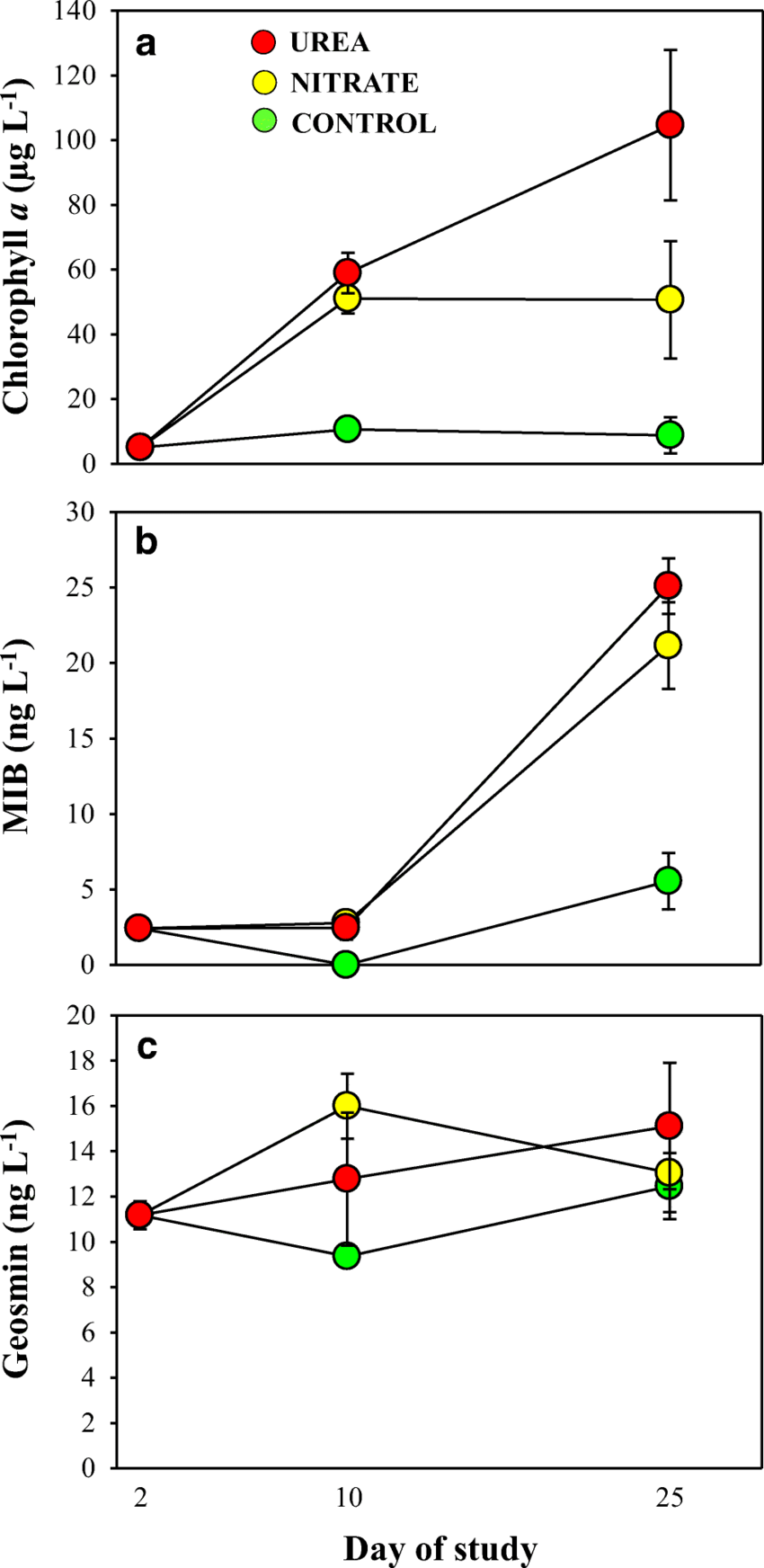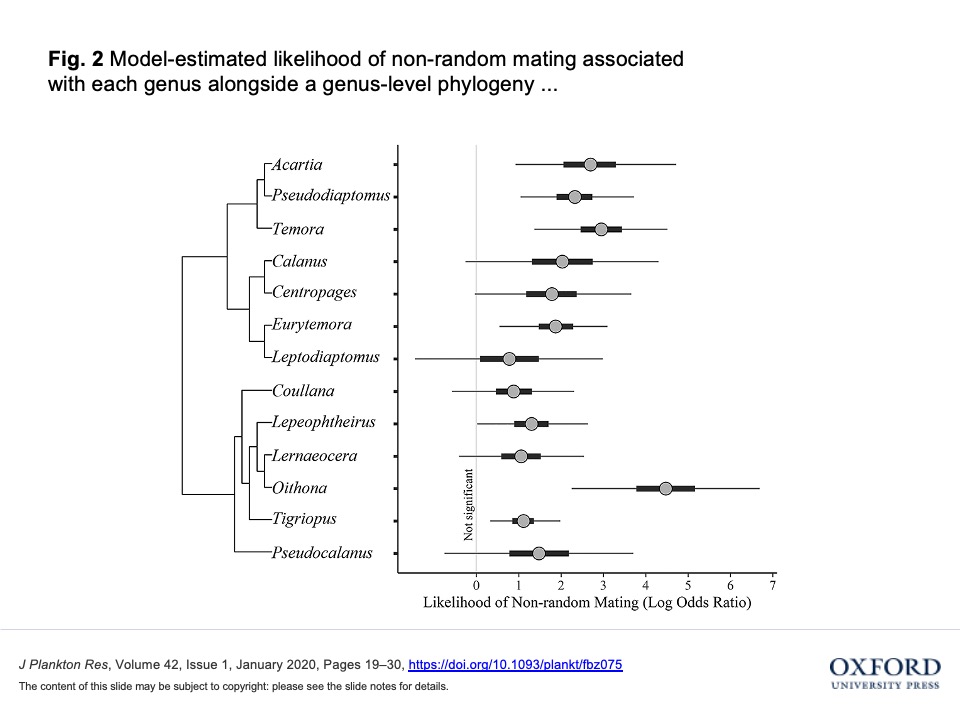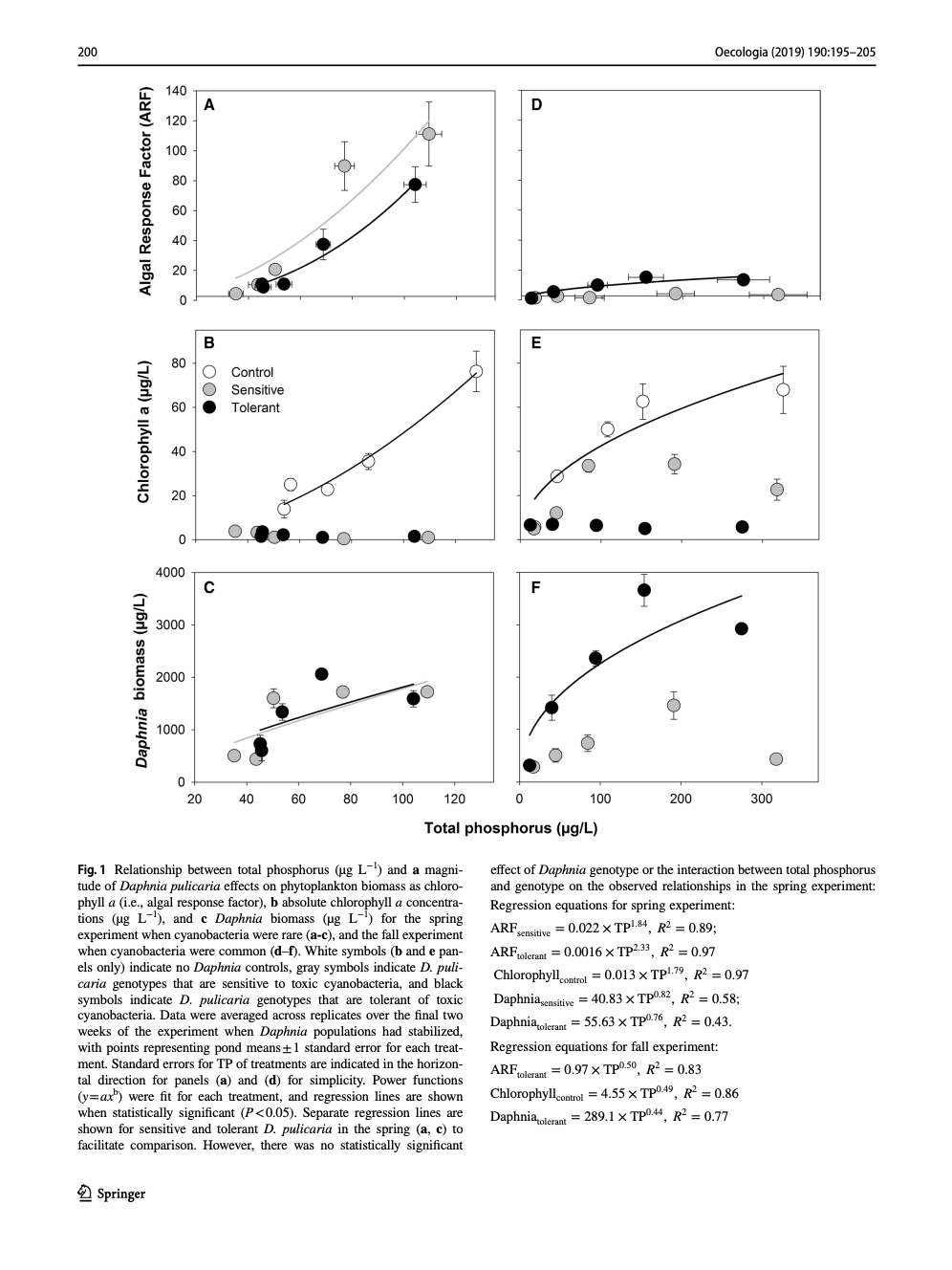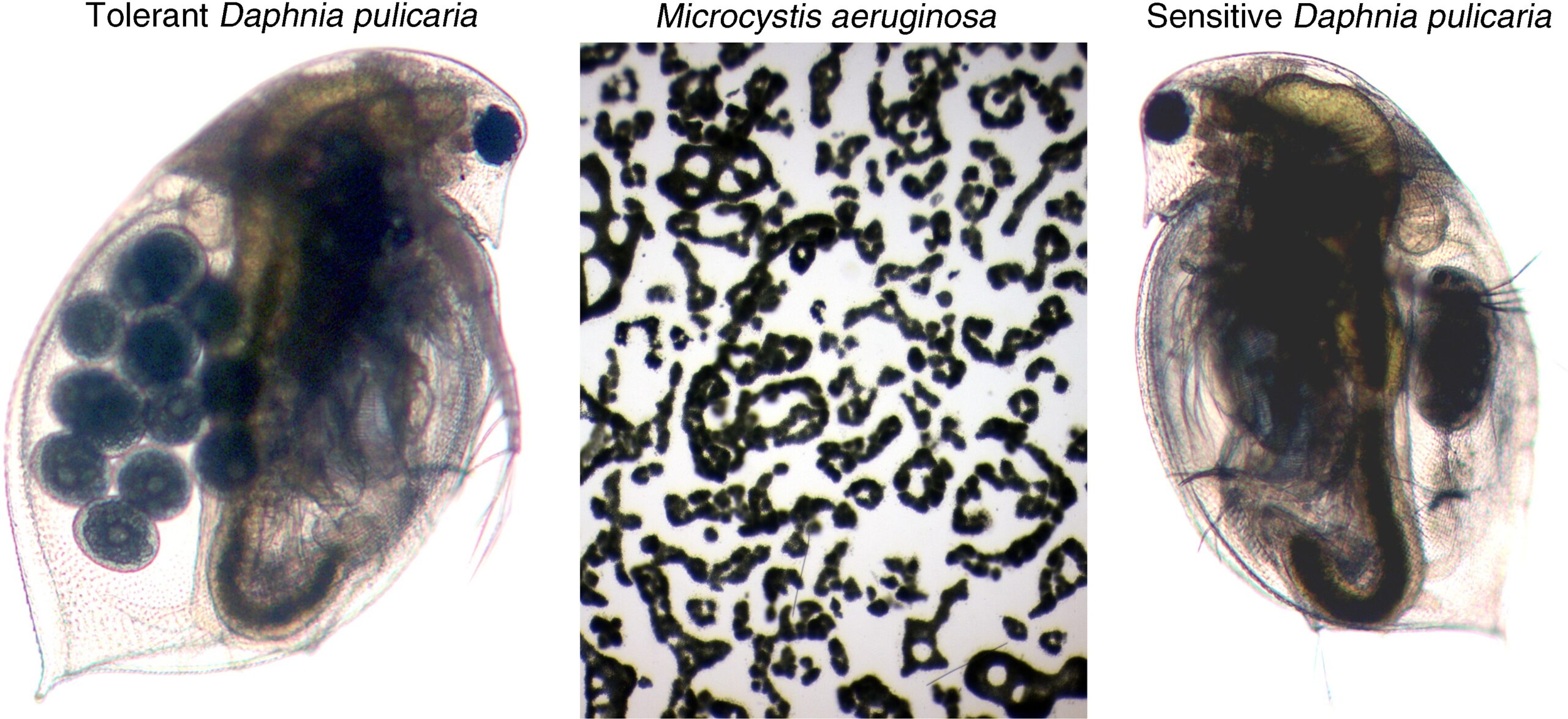Keyword: Nutrient enrichment

Chislock, M. F., B. K. Olsen, J.J. Choi, A. Abebe, T. L. Bleier, and A. E. Wilson. 2021. Contrasting patterns of 2-methylisoborneol (MIB) vs. geosmin across depth in a drinking water reservoir are mediated by cyanobacteria and actinobacteria. Environmental Science and Pollution Research 28:32005-32014.
Abstract
Taste and odor episodes caused by off-flavor secondary metabolites, such as 2-methylisoborneol (MIB) and geosmin, pose one of the greatest challenges for drinking water utilities around the world. The prevalence of these compounds is predicted to increase in the future as a function of nutrient enrichment and elevated temperatures of surface drinking water sources. We conducted a manipulative field experiment in a drinking water reservoir to elucidate patterns for two taste and odor compounds, MIB and geosmin, as well as two taxa known to produce these compounds, phytoplankton (more specifically, cyanobacteria) and actinobacteria, across different depths in response to nutrient enrichment with two common dissolved nitrogen forms, organic urea or inorganic nitrate. In general, we found that MIB levels increased by greater than 250% with nutrient enrichment mediated by increased phytoplankton biomass. However, the effect of the fertilization treatments on MIB decreased with depth with a 35% reduction at 7 m versus 1.5 m. In contrast, geosmin levels reached a maximum at the lowest measured depth (7 m), were unaffected by the fertilization treatments, and followed a similar pattern to the abundance of actinobacteria. Thus, our data suggest that the positive response of phytoplankton (e.g., cyanobacteria, such as Oscillatoria species) to the fertilization treatments is likely responsible for increased MIB, while geosmin concentrations may be a function of actinobacteria-mediated decomposition in the hypolimnion in our study system.

Powers, M. J., A. E. Wilson, K. B. Heine, and G. E. Hill. 2020. The relative importance of various mating criteria in copepods. Journal of Plankton Research 42(1):19-30.
Abstract
To produce viable offspring, organisms may assess mates via criteria that include traits, such as sex, species, age, reproductive status, population identity and individual quality. Copepods are small, ubiquitous crustaceans that live in freshwater and marine systems around the world whose patterns of mate choice have been long studied in numerous species. Herein, we synthesized decades of experiments describing sexual selection in copepods to assess the importance of mating criteria. We used formal, meta-analytical techniques and mixed modeling to quantify the likelihood of non-random mating associated with mating criteria. In our synthesis of the scientific literature, we found that copepods use several criteria when assessing mates and that these criteria are associated with different likelihood estimates. We report the strongest likelihood of non-random mating when copepods assess the reproductive status of females or when copepods select between conspecific vs. heterospecific mates. We found weak likelihood of non-random mating in studies that provide mates from different populations or that manipulate operational sex ratio. Studies that directly test assessment of individual quality are sparse in copepods when compared to equivalent studies in vertebrates, and we encourage future researchers to explore whether copepods use individual characteristics as key mating criteria.

Chislock, M. F., O. Sarnelle, L. M. Jernigan, V. R. Anderson, A. Abebe, and A. E. Wilson. 2019. Consumer adaptation mediates top-down regulation across a productivity gradient. Oecologia 190:195-205.
Abstract
Humans have artificially enhanced the productivity of terrestrial and aquatic ecosystems on a global scale by increasing nutrient loading. While the consequences of eutrophication are well known (e.g., harmful algal blooms and toxic cyanobacteria), most studies tend to examine short-term responses relative to the time scales of heritable adaptive change. Thus, the potential role of adaptation by organisms in stabilizing the response of ecological systems to such perturbations is largely unknown. We tested the hypothesis that adaptation by a generalist consumer (Daphnia pulicaria) to toxic prey (cyanobacteria) mediates the response of plankton communities to nutrient enrichment. Overall, the strength of Daphnia’s top–down effect on primary producer biomass increased with productivity. However, these effects were contingent on prey traits (e.g., rare vs. common toxic cyanobacteria) and consumer genotype (i.e., tolerant vs sensitive to toxic cyanobacteria). Tolerant Daphnia strongly suppressed toxic cyanobacteria in nutrient-rich ponds, but sensitive Daphnia did not. In contrast, both tolerant and sensitive Daphnia genotypes had comparable effects on producer biomass when toxic cyanobacteria were absent. Our results demonstrate that organismal adaptation is critical for understanding and predicting ecosystem-level consequences of anthropogenic environmental perturbations.

Chislock, M. F., O. Sarnelle, B. K. Olsen, E. Doster, and A. E. Wilson. 2013. Large effects of consumer offense on ecosystem structure and function. Ecology 94(11):2375-2380.
Abstract
Study of the role of within-species adaptation in ecological dynamics has focused largely on prey adaptations that reduce consumption risk (prey defense). Few, if any, studies have examined how consumer adaptations to overcome prey defenses (consumer offense) affect ecosystem structure and function. We manipulated two sets of genotypes of a planktonic herbivore (Daphnia pulicaria) in a highly productive ecosystem with abundant toxic prey (cyanobacteria). The two sets of consumer genotypes varied widely in their tolerance of toxic cyanobacteria in the diet (i.e., sensitive vs. tolerant). We found a large effect of tolerant D. pulicaria on phytoplankton biomass and gross primary productivity but no effect of sensitive genotypes, this result stemming from genotype-specific differences in population growth in the presence of toxic prey. The former effect was as large as effects seen in previous Daphnia manipulations at similar productivity levels. Thus, we demonstrated that the effect of consumer genotypes with contrasting offensive adaptations was as large as the effect of consumer presence/absence.